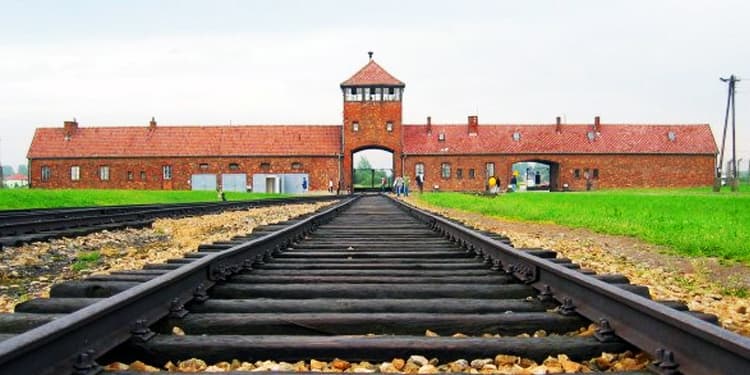How I Found My Bubby in ‘The Auschwitz Album’
The Fellowship | September 23, 2019

Writing at the Times of Israel, Matt Lebovic shares his personal story of finally looking at one of the Holocaust’s most important sources – the Auschwitz Album – and discovering his grandmother’s photo there:
The photograph of my grandmother appears strangely sanitized. There is no sense of the hell-upon-arrival described by Elie Wiesel and Primo Levi. It’s daytime, so no floodlights are pointed at people emerging from boxcars under the whip. No dogs are trained on the victims.
The image of my grandmother is one of 197 photographs in the so-called “Auschwitz Album,” one of the most important but poorly understood primary sources of the Holocaust. Although I’ve known about the album for at least 20 years, I did not consider searching within its pages for my grandmother until 2015.
For reasons unclear to historians, an SS photographer (either Ernst Hoffman or Bernhard Walter) documented the 11-step “processing” of Hungarian Jews during several days that spring. The camp had just been modified to handle a record influx of 424,000 Hungarian Jews, most of whom were murdered upon arrival. Innovations included extending the train-tracks into the camp itself to hasten the process…
Since the 1960s, images from “The Auschwitz Album” have been used in thousands of books, articles, museums, and documentaries, and served as evidence in the Eichmann Trial and other proceedings. Remarkably, nearly three-quarters of the victims whose faces appear in the photos have been identified by either themselves, survivors, or relatives.
However, despite the fame of the album, there are quite a few gaps surrounding our understanding of the carefully prepared photo collection.
